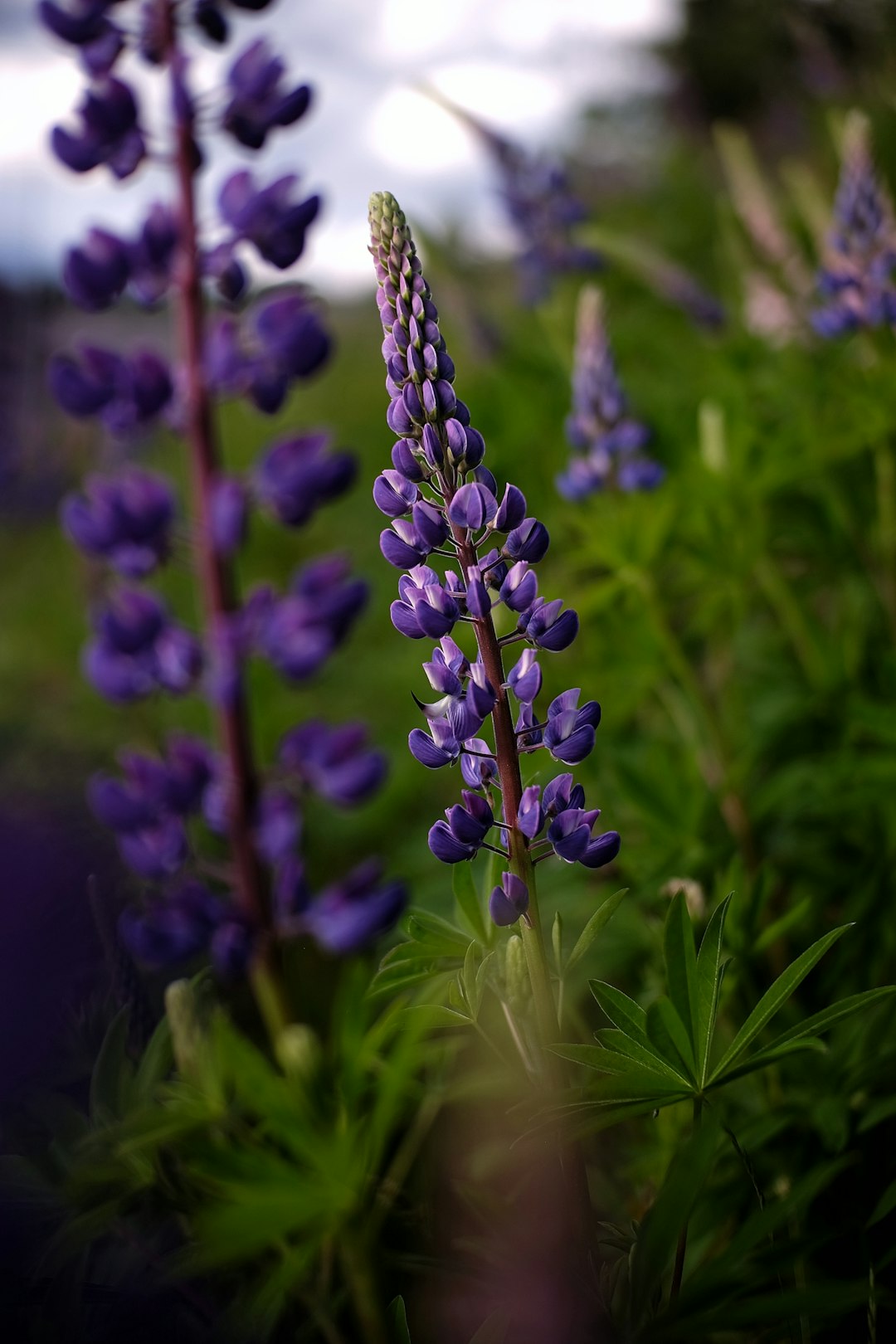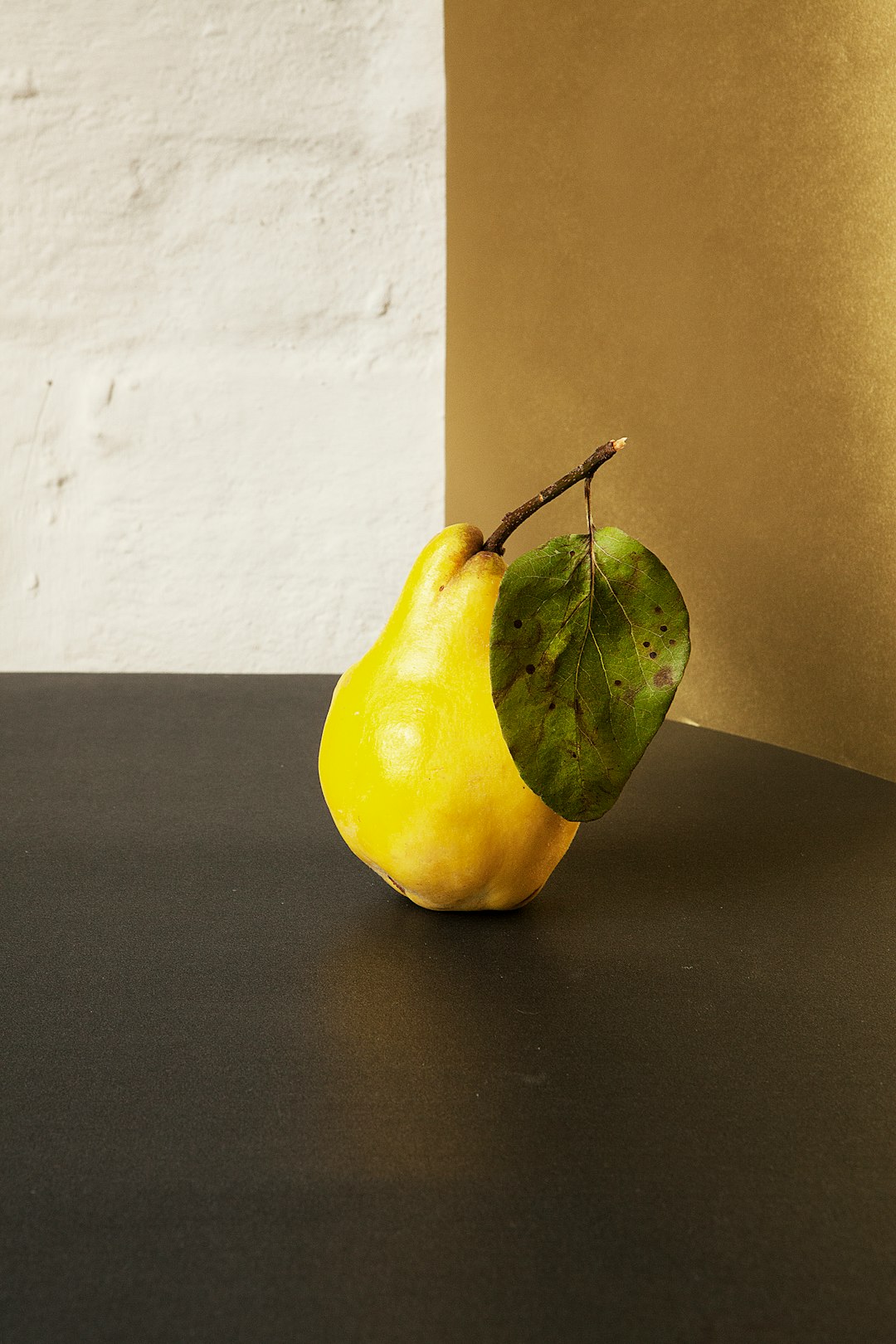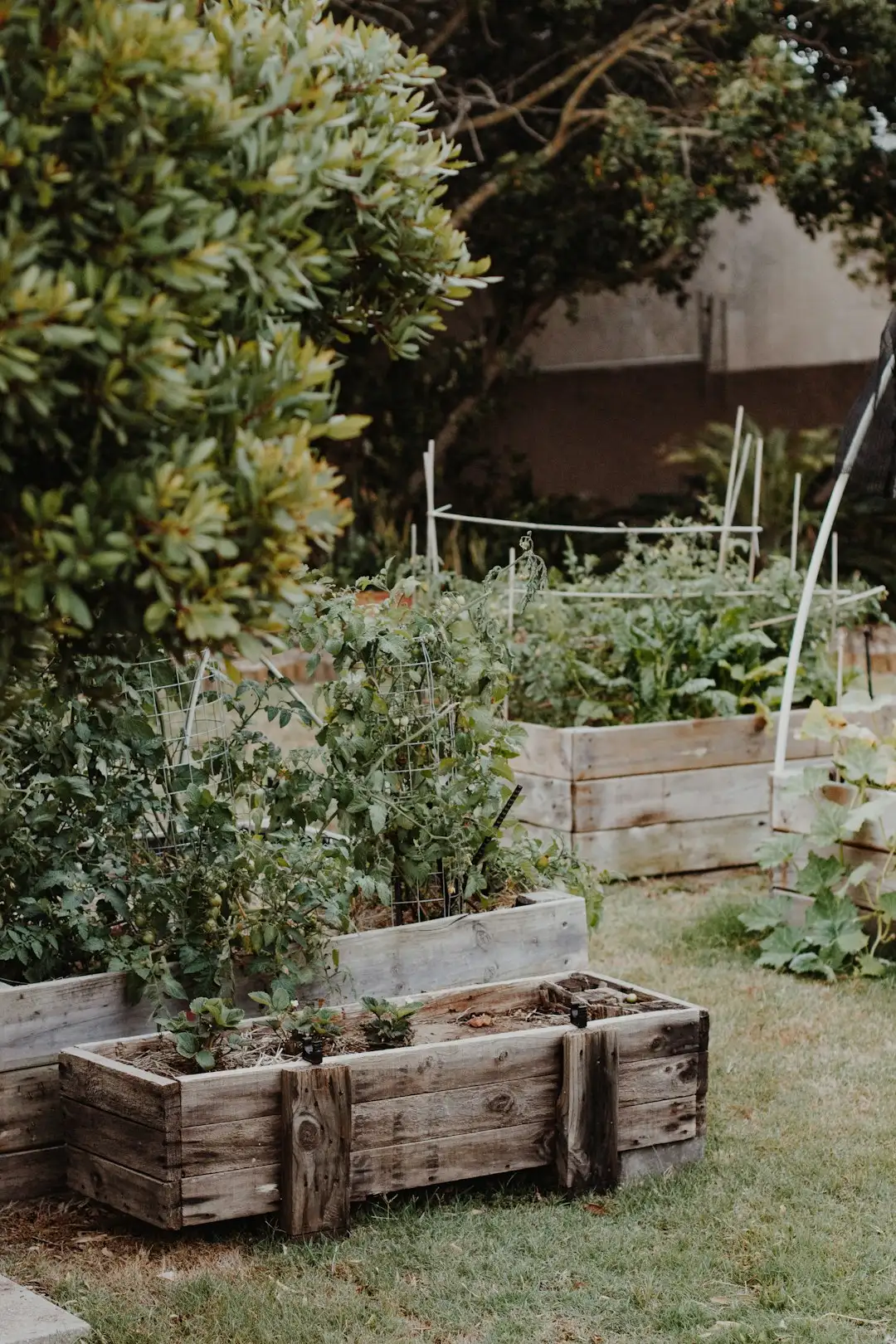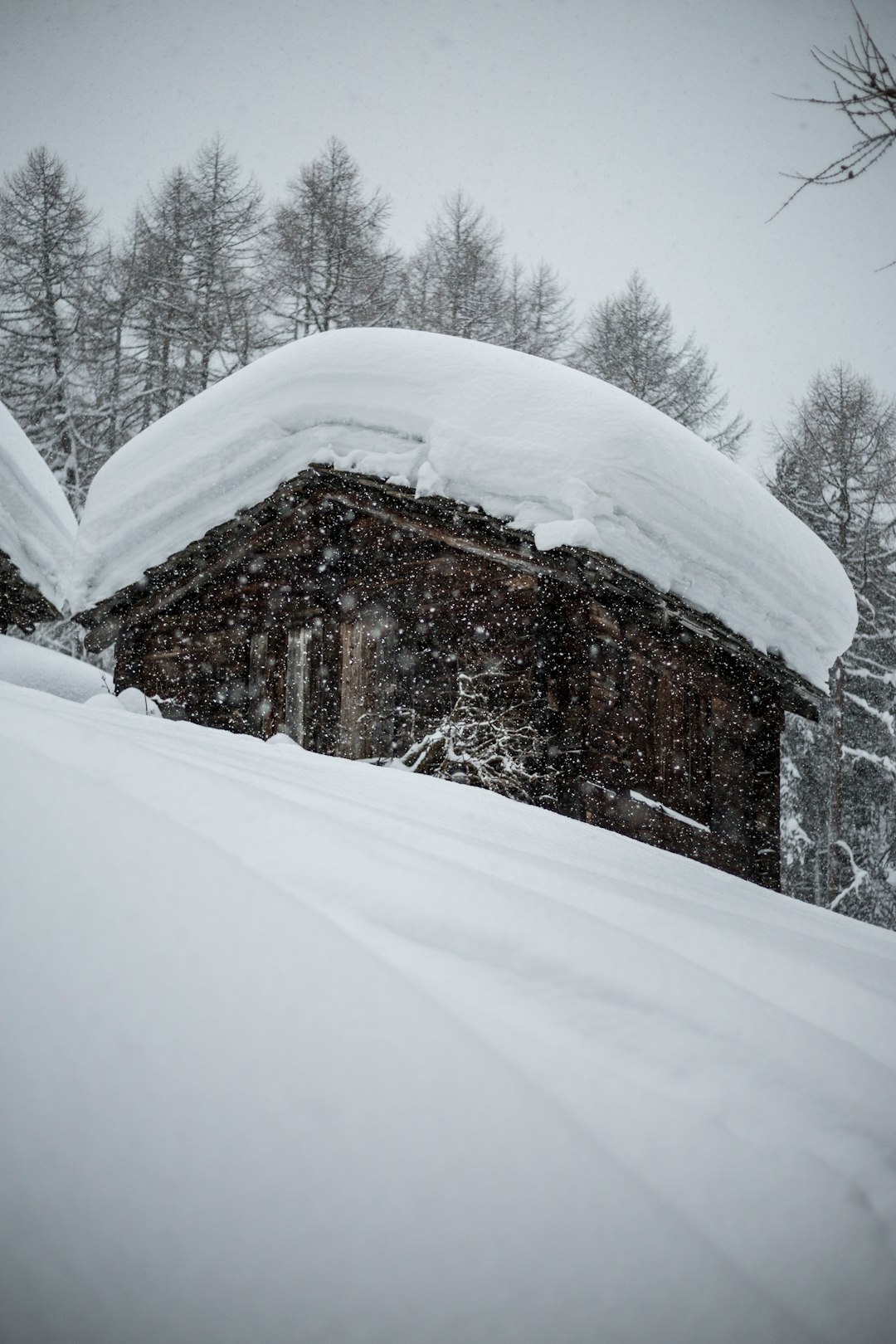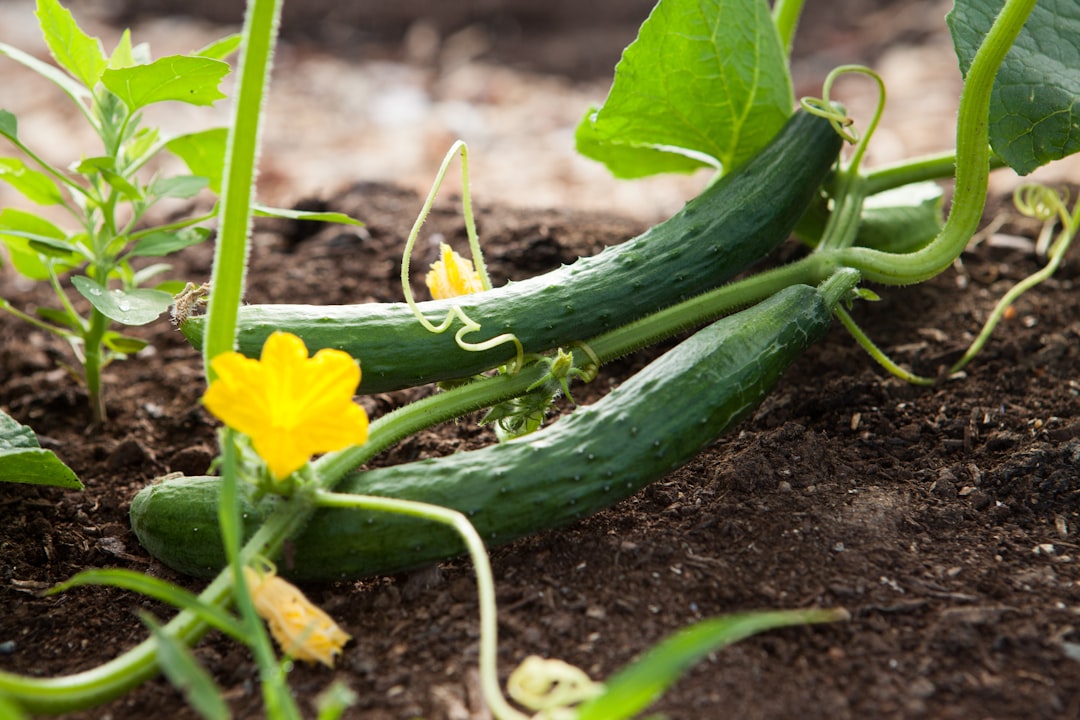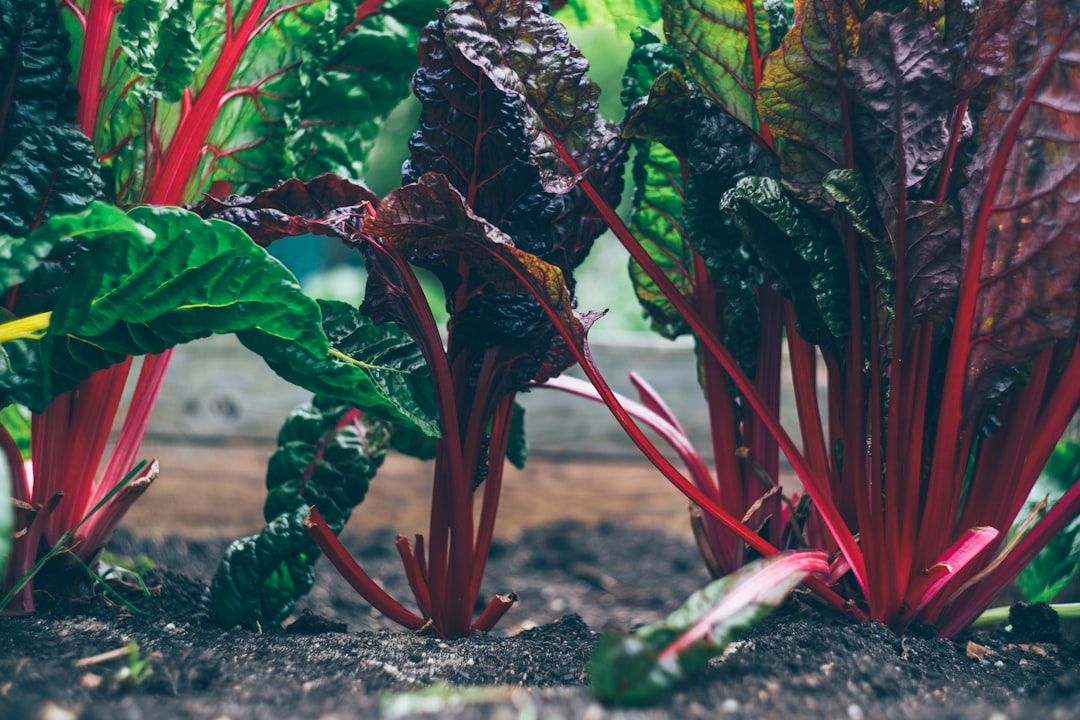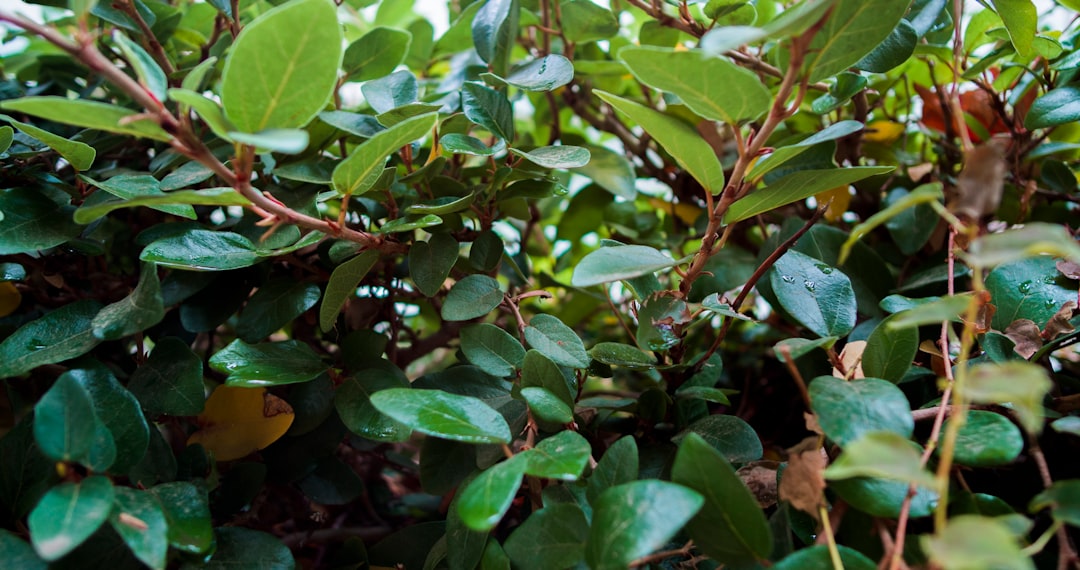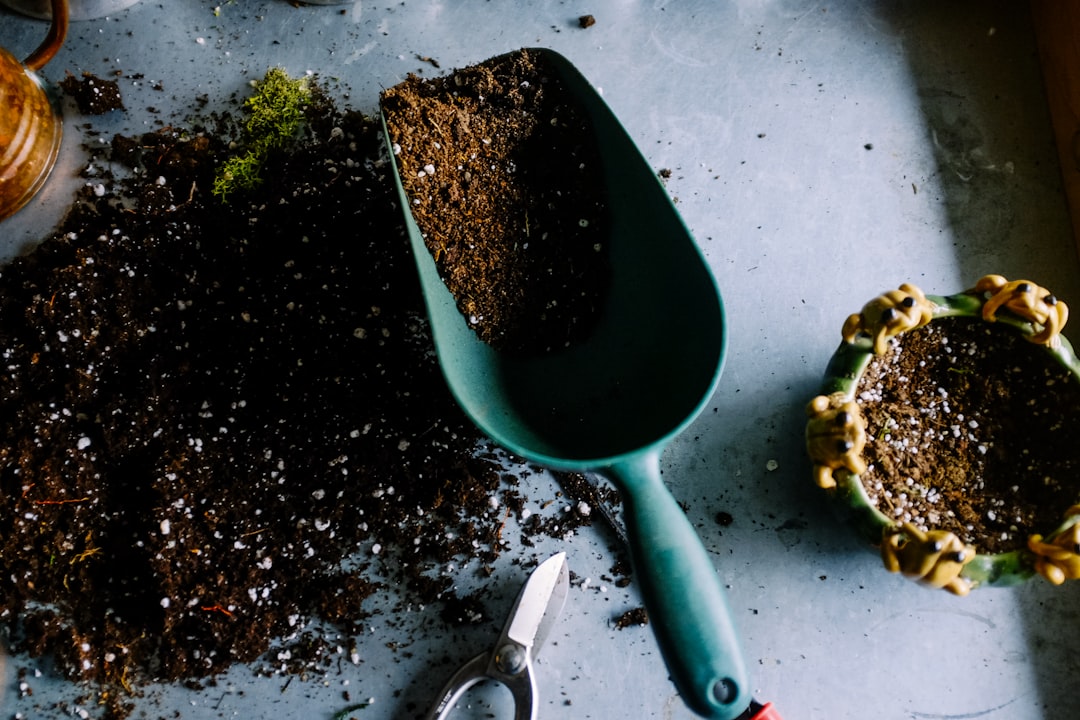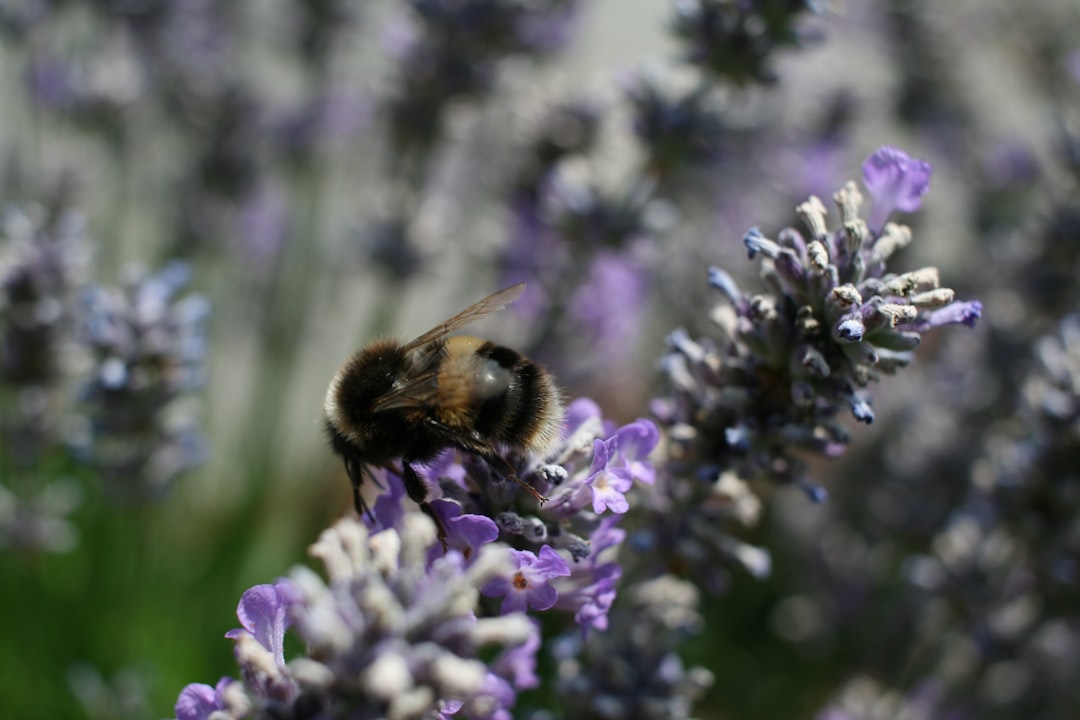
In the world of edible gardening, there's a unique and rewarding endeavor that goes beyond the ordinary: growing your own ramps. Instead of scouring the wild for these flavorful alliums, you can create a thriving ramp patch right in your own garden. This guide will take you through every step of the process, from planting to harvesting, ensuring a bountiful supply of home - grown ramps.
### Getting Started: Seeds or Bulbs?
When it comes to growing ramps, you have two primary options: starting from seeds or using bulbs. Each method has its own set of advantages and challenges.
If you choose to start with seeds, it's important to note that ramps seeds have a low germination rate and require a period of cold stratification. This mimics the natural winter conditions that the seeds would experience in the wild. To stratify the seeds, place them in a moist paper towel inside a plastic bag and store them in the refrigerator for about 3 - 4 months. After stratification, sow the seeds in a well - drained, shady area of your garden. The soil should be rich in organic matter, as ramps thrive in a forest - like environment. Cover the seeds lightly with soil, about 1/4 inch deep, and keep the soil consistently moist.
On the other hand, using bulbs is a quicker way to establish your ramp patch. Bulbs are more likely to produce plants in a shorter period compared to seeds. Plant the bulbs in the fall, about 2 - 3 inches deep and 4 - 6 inches apart. Make sure to choose a location with dappled shade, as ramps prefer filtered sunlight. The soil should be loose and fertile, similar to the conditions for seed - sown ramps.
### Creating the Ideal Environment
Ramps are native to the forest floor, so replicating their natural habitat is crucial for their success. They need a shady location, as direct sunlight can scorch their delicate leaves. A north - facing slope or an area under deciduous trees is ideal. The soil should be well - drained but also retain moisture. Adding compost or leaf mold to the soil will improve its structure and fertility.
Maintaining the right level of moisture is essential. Ramps like a consistently moist environment, but they don't tolerate waterlogged soil. Water your ramp patch regularly, especially during dry spells, but make sure the excess water can drain away. Mulching around the plants with shredded leaves or bark chips can help retain moisture and keep the soil cool.
### Dealing with Pests and Diseases
While ramps are relatively hardy plants, they can still be affected by pests and diseases. One common pest is the onion maggot, which can damage the bulbs. To prevent onion maggots, you can use row covers to keep the adult flies from laying eggs near the plants. Crop rotation is also a good practice, as it reduces the likelihood of pests building up in the soil.
Fungal diseases, such as rust and leaf spot, can also occur, especially in humid conditions. To prevent these diseases, make sure there is good air circulation around the plants. Avoid overhead watering, as wet leaves can promote the growth of fungi. If you notice signs of disease, remove the affected leaves immediately and consider using a natural fungicide.
### Harvesting Your Ramps
Patience is key when it comes to harvesting ramps. If you started from seeds, it can take 4 - 5 years for the plants to reach a harvestable size. When starting from bulbs, you may be able to harvest some leaves after the second year, but it's best to wait until the third or fourth year for a more substantial harvest.
When harvesting, it's important to be sustainable. Only take a few leaves from each plant, leaving the bulb intact to allow the plant to continue growing. You can harvest the leaves in the spring, when they are young and tender. The bulbs can be harvested in the fall, but again, only take a small number to ensure the long - term health of your ramp patch.
Once harvested, ramps can be used in a variety of culinary dishes. Their unique flavor, a combination of garlic and onion, adds a delicious twist to soups, salads, and pasta dishes. You can also pickle the bulbs or make ramp pesto for a longer - lasting treat.
In conclusion, growing your own ramps is a fulfilling and sustainable way to enjoy these delicious alliums. By following these steps, you can create a thriving ramp garden that will provide you with fresh, home - grown produce for years to come.
New
































